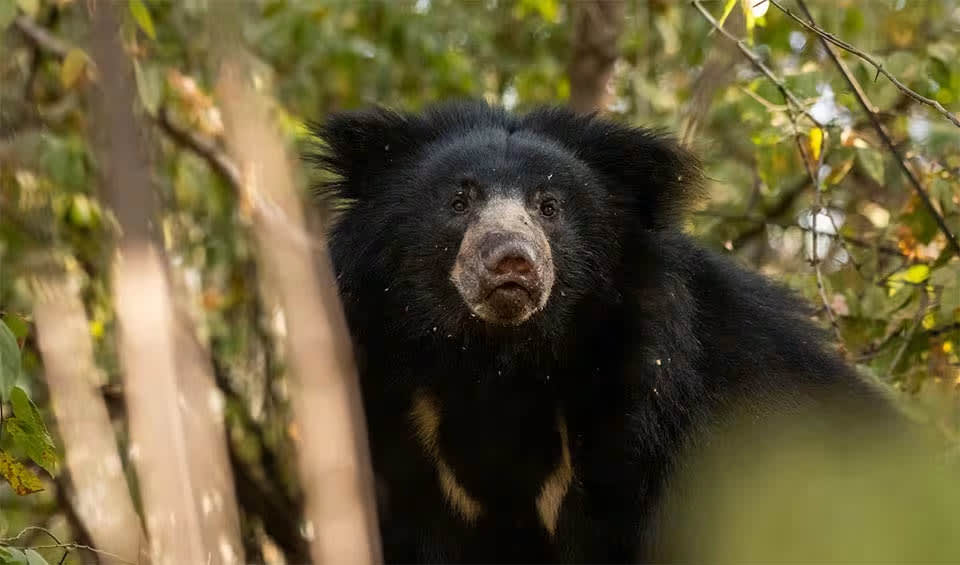Melursus – Sloth bear
This ant and termite eater is native to the Indian subcontinent with two subspecies
Native to the Indian subcontinent, it is a distinctive member of the bear family, Ursidae, primarily due to its unique dietary preferences, physical characteristics, and behaviors. Unlike other bear species that exhibit omnivorous diets, the Sloth bear has specialized in myrmecophagy – the consumption of ants and termites – which significantly influences its physical adaptations and ecological niche.
Sloth bears possess several unique adaptations that facilitate their insectivorous diet. Notably, adult Sloth Bears lack the upper incisors, creating a gap that, along with their long, flexible lips, allows them to effectively suck up ants, termites, and other insects in a manner akin to a vacuum cleaner. This efficient feeding mechanism is further supported by their ability to close their nostrils voluntarily, protecting them from insect bites and dust while raiding termite mounds or beehives.
Another distinctive feature of Sloth Bears is their shaggy coat, which ranges from black to rust-brown, with a characteristic “V” or “Y” shaped white or yellow chest mark. They have a mane around the face, giving them a somewhat lion-like appearance, and long, curved claws for digging into termite mounds.
Sloth bears exhibit remarkable parental care, most notably in their habit of carrying their young on their backs, a behavior not commonly observed in other bear species. This mode of transport provides the cubs with safety from ground-based threats and allows them to learn by observing their mothers’ foraging behaviors up close.
Despite their adaptability and specialized niche, Sloth bears face several threats that have led to a decline in their populations. Habitat loss due to deforestation and the expansion of agricultural land significantly impacts their living spaces and food sources. Additionally, Sloth bears sometimes come into conflict with humans due to their aggressive behavior when surprised or threatened, leading to them being hunted or captured for performance purposes in circuses and road shows, despite legal protections against such practices.
Species in this genus
Sloth bear
This ant & termite eater is native to the Indian subcontinent with two subspecies

